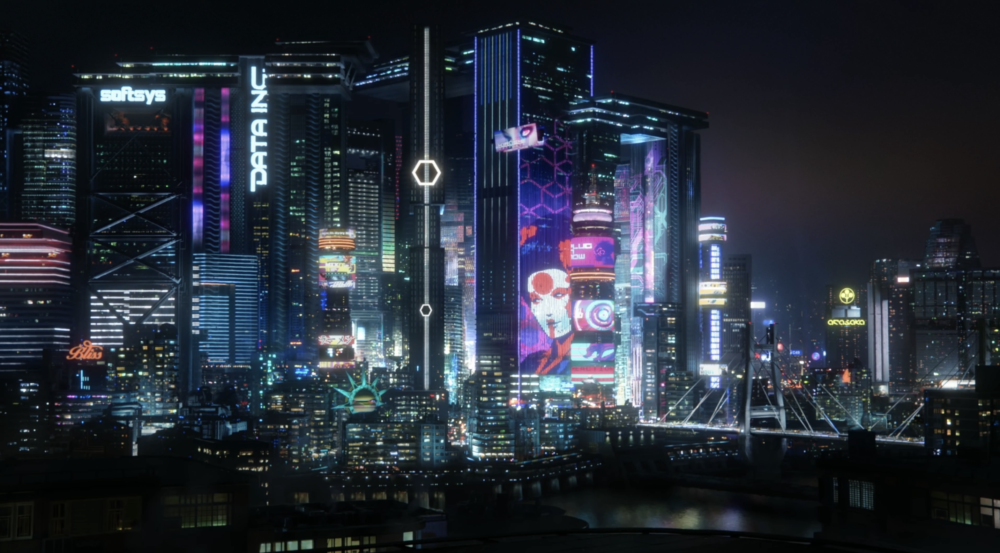
The cyberpunk aesthetic combines multiple visual aesthetics but generally portrays cities at night that are very high tech and futuristic. These elements are exaggerated with low key lighting that contrasts deep blacks with vibrant neon lights. Shades of purple, blue and pink are often key colors of this aesthetic. The cities depicted in this aesthetic are tightly packed with large skyscrapers and traffic caused by futuristic style vehicles. Often, a haze or smog is present in these images that makes the city feel large, very industrial and factory oriented. This aesthetic is generally characterized as “high tech, low life.” The cities are visually stunning and seemingly successful, however, the people that reside there are oppressed and assimilated by larger entities.
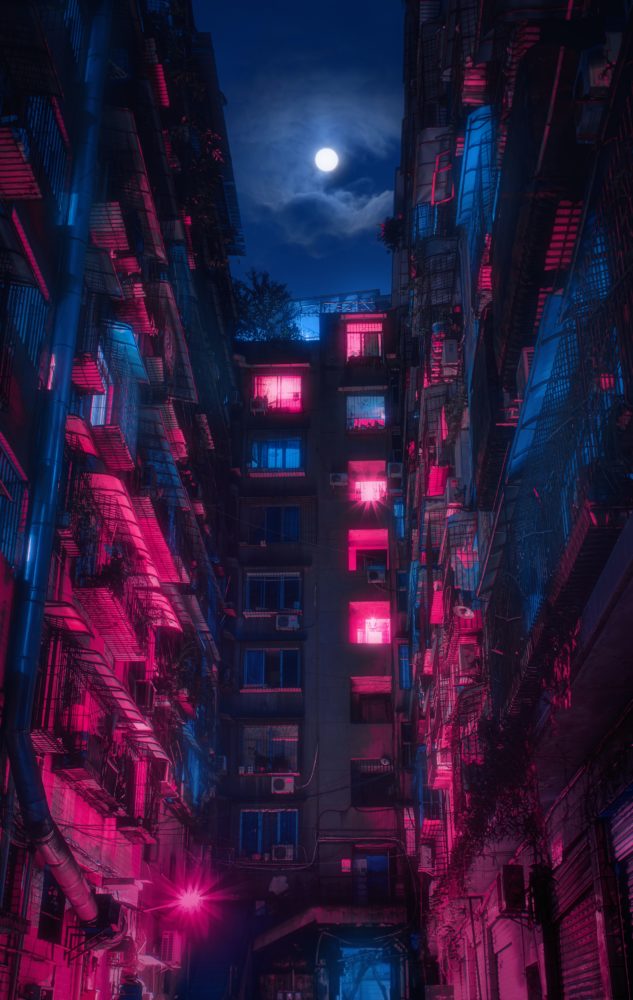
Despite seeming high-tech, the society that is portrayed in these settings is characterized as ‘low life’. A philosophical movement that ties into the human culture of this aesthetic is Transhumanism. This movement promotes the incorporation of technology into the human form (think cyborg) and argues that this will provide humans with a better intellect and physiology. The cyberpunk aesthetic incorporates these elements but demonstrates the damaged mental state of humans in a society run by technology.

The term ‘cyberpunk’ was coined in the early 1980’s but the aesthetic originated in the 1960’s and 70’s and was made popular by the scientific literature works of Philip K. Dick, William Gibson, and Neal Stephenson. Films such as “Blade Runner,” “Akira” and “The Matrix” influenced this aesthetic in the context of large cities dominated by mega corporations. Blade Runner (1982) was an especially large influence on this aesthetic and provided the visuals for how the aesthetic looked. The punk ‘subculture’ with its rejection of mainstream values and anti-establishment views also influenced this aesthetic. More generally, the aesthetic was influenced by futuristic technology, especially industrial and robotic, city scapes and societal corruption or collapse.
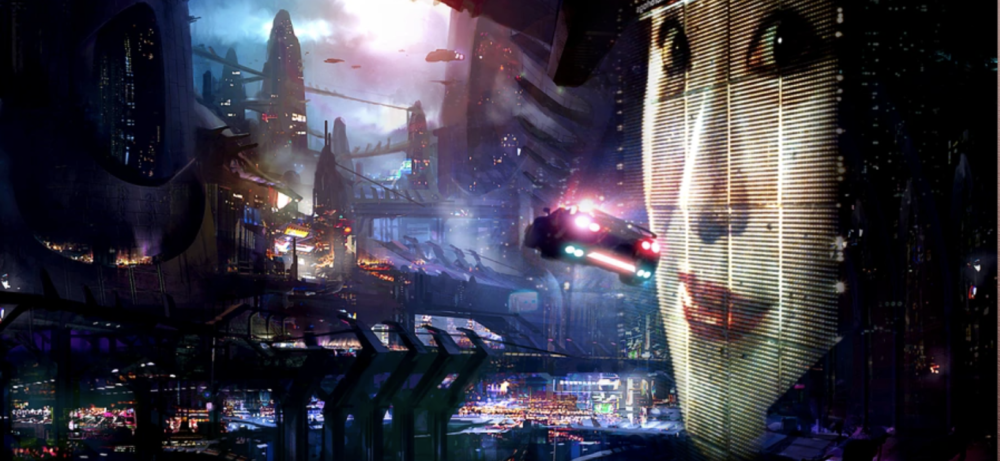
More recently, this aesthetic has had a large influence on film, video games, fashion, and virtual reality. Films such as Blade Runner 2049, the Matrix Franchise and Ready Player One are great examples of this aesthetic as they depict the visual elements as well as the cultural and societal impacts of such a society.
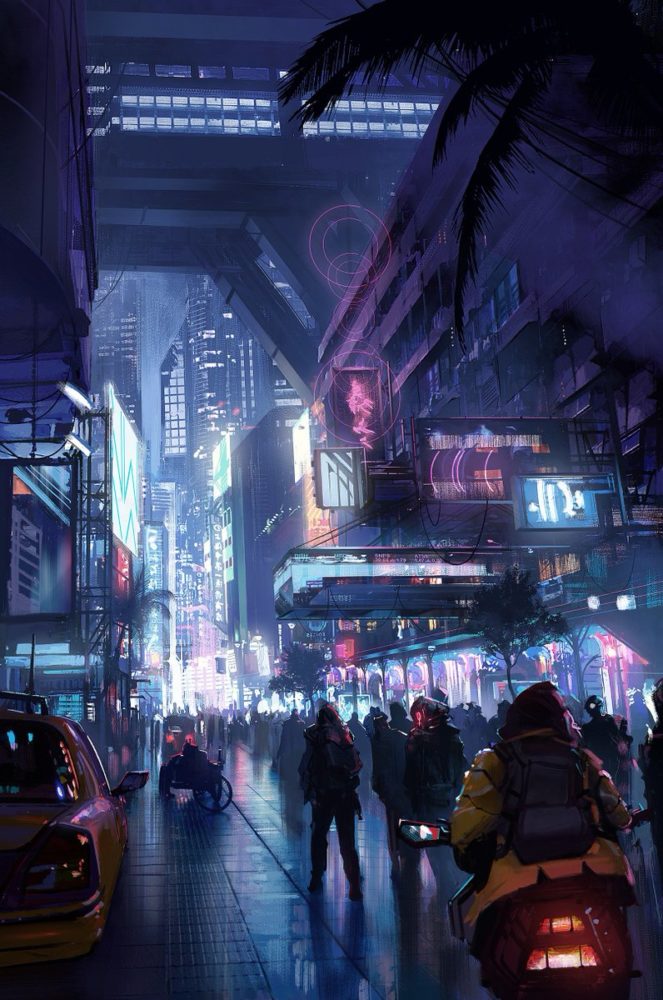
Ready Player One combines aspects of the cyberpunk aesthetic as well as transhumanism with the use of virtual reality. The ‘Oasis’ is a virtual reality world where players go in the game.
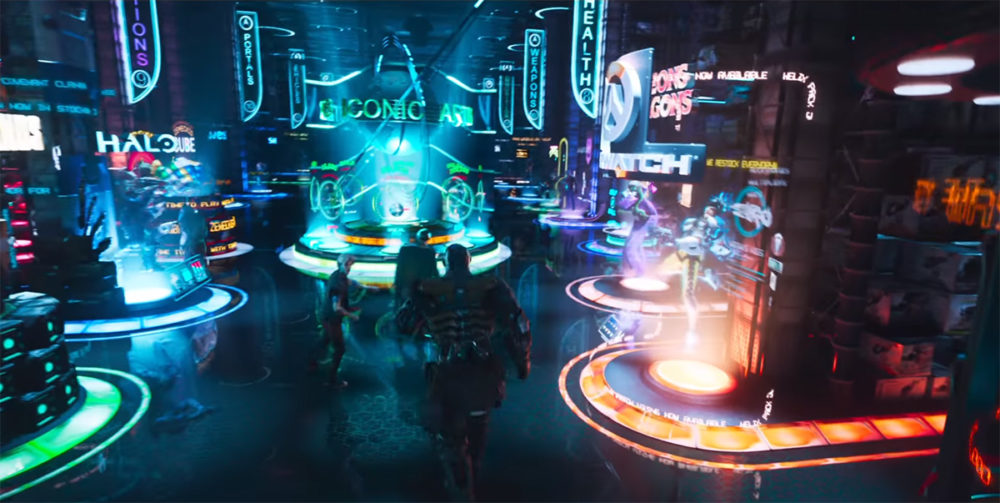
References:
[1] Cipolla, Theodore. “Cyberpunk: How to Master the Futuristic Style.” Vectornator Blog, Vectornator Blog, 23 Sept. 2022, https://www.vectornator.io/blog/cyberpunk-style/. [2] “Cyberpunk.” Aesthetics Wiki, https://aesthetics.fandom.com/wiki/Cyberpunk. [3] Spencer, Alex. “What Is Cyberpunk?” Polygon, Polygon, 30 Aug. 2018, https://www.polygon.com/features/2018/8/30/17796680/cyberpunk-2077-history-blade-runner-neuromancer. [4] Scott, Ridley, director. Blade Runner. [5] Villeneuve, Denis, director. Blade Runner 2049. [6] Spielberg, Steven, director. Ready Player One. [7] Tomaszkiewicz, Konrad, creator. Cyberpunk 2077.
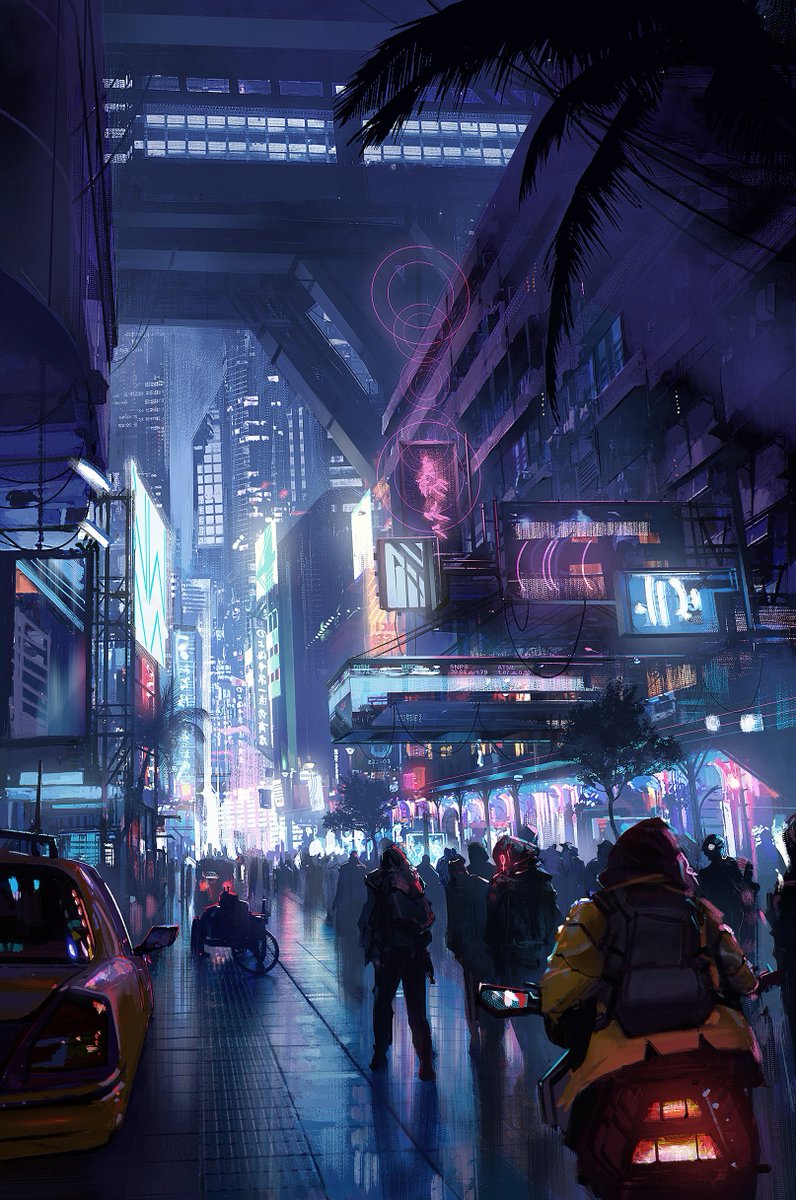
2 Comments. Leave new
I enjoyed this read and thought you did an excellent job detailing how this aesthetic works and I can easily remember these details as typical in the films you mentioned. This aesthetic is interesting because (as you mention) it highlights a seemingly highly advanced society, but its tenants still seem to have similar problems as poor urban communities today. It’s an aesthetic that makes you think deeper about as we continue to delve into futuristic technologies, if we as a society are simply creating new environments to have the same problems of food, shelter, wealth, and life fulfillment.
It seems like your blog provides a good overview of the cyberpunk aesthetic, philosophical ties to Transhumanism, sci-fi literature, and its influence on various forms of media. I like the references made to Blade Runner and Ready Player One, which best express the aesthetic and demonstrate the idea of “high tech, low life.” The description of the societal impact of technology in a cyberpunk world is fascinating. Really enjoyed the concept.